The world of residential home construction has undergone a seismic shift, driven by a wave of real innovations across various fronts. These aren’t just buzzwords; these are tangible changes that are revolutionizing how homes are built. From rock-solid materials to software solutions that streamline the process, let’s dive into the top 10 game-changing innovations that are reshaping the face of residential construction.
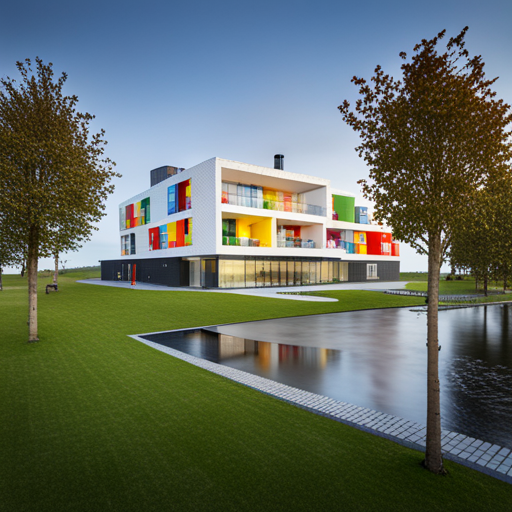
1. Prefab and Modular Construction
Prefab and modular construction are real-life examples of cutting down build time and boosting efficiency. Imagine assembling an entire wall off-site with insulation, electrical wiring, and finishes already in place, and then slotting it into the structure like a giant Lego piece. This approach shaves months off construction timelines. For instance, the “Lego House” in Denmark was built using prefabricated concrete blocks, cutting construction time by 50%.
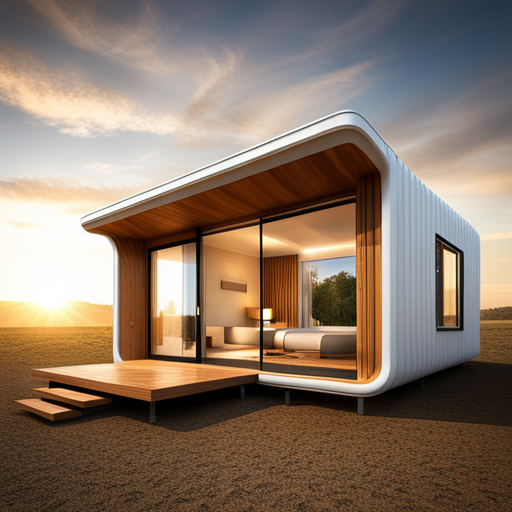
2. 3D Printing for Construction
3D printing is now creating more than just plastic trinkets. It’s constructing entire buildings layer by layer. ICON, a construction technology company, showcased this by 3D printing a 350-square-foot home in Texas. This technology not only speeds up construction but also reduces material waste by using only the required amount of concrete.

3. Advanced Building Materials
From insulating materials that keep extreme temperatures at bay to self-healing concrete that repairs its own cracks, advanced materials are stepping up the game. For example, Aerogel, a highly insulating material, is used in the NASA Stardust spacecraft and is now finding its way into homes, promising unparalleled energy efficiency and lower bills.
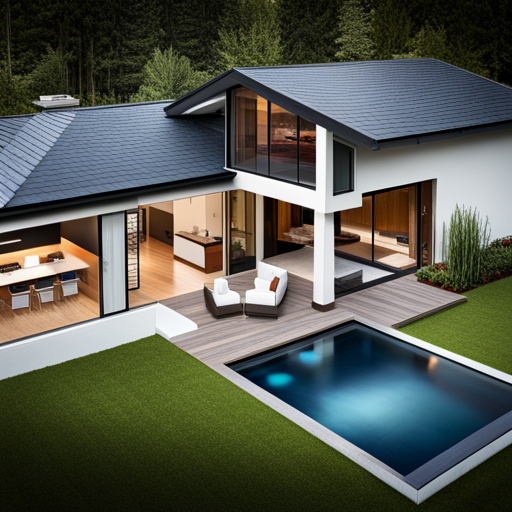
4. Green Construction and Energy Efficiency
Solar panels aren’t new, but advancements like Tesla’s solar roof tiles are turning entire homes into energy-generating powerhouses. Tesla’s tiles look like traditional roofing material but are embedded with solar cells. They blend seamlessly into the aesthetic while harnessing renewable energy.

5. Building Information Modeling (BIM)
BIM isn’t just fancy software; it’s the architect’s and builder’s virtual toolbox. The Shard in London, one of the tallest skyscrapers in Europe, was designed and constructed using BIM. This technology allowed the project team to identify potential issues before they became real problems on the construction site, resulting in a smoother process and cost savings.
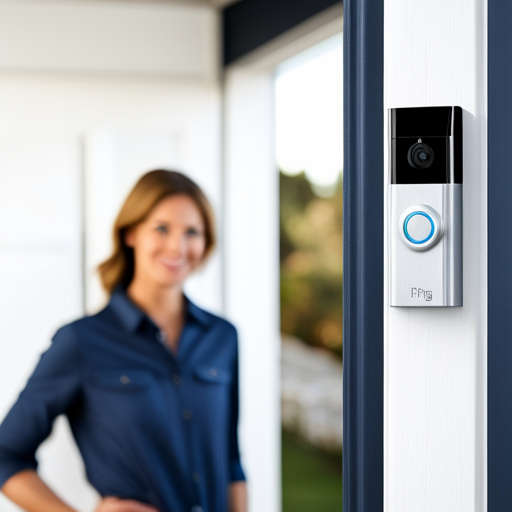
6. Smart Home Technology
Ever heard of a doorbell that lets you see and talk to visitors from your smartphone? Ring’s video doorbell does just that, enhancing security and convenience. Moreover, companies like Nest provide smart thermostats that learn your habits and adjust your home’s temperature to save energy. These innovations aren’t just gadgets; they’re changing how homes function.

7. Drones and Robotics
Drones are no longer just for hobbyists. They’re surveying construction sites, capturing data, and enabling accurate site analysis. AECOM, a global infrastructure firm, has used drones to map out construction sites, ensuring precision and safety. On the other hand, companies like Fastbrick Robotics are automating bricklaying, increasing efficiency and reducing labor costs.
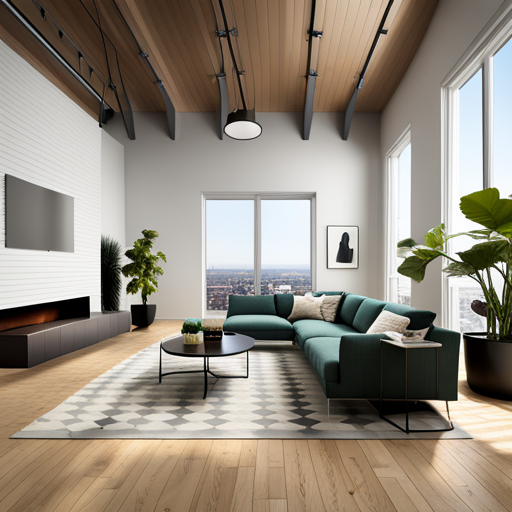
8. Augmented Reality (AR) and Virtual Reality (VR)
AR and VR aren’t just for gamers; they’re for architects and homebuyers too. For instance, Roomle’s AR app lets you visualize furniture and décor in a space before purchasing. VR home tours are gaining traction as well, allowing potential buyers to explore properties from the comfort of their current home.

9. Waste Reduction and Recycling
Sustainability isn’t just a buzzword; it’s a critical aspect of modern construction. Companies like Rubicon are using technology to optimize waste management on construction sites. By diverting materials from landfills and encouraging recycling, they’re reducing the environmental impact of construction.
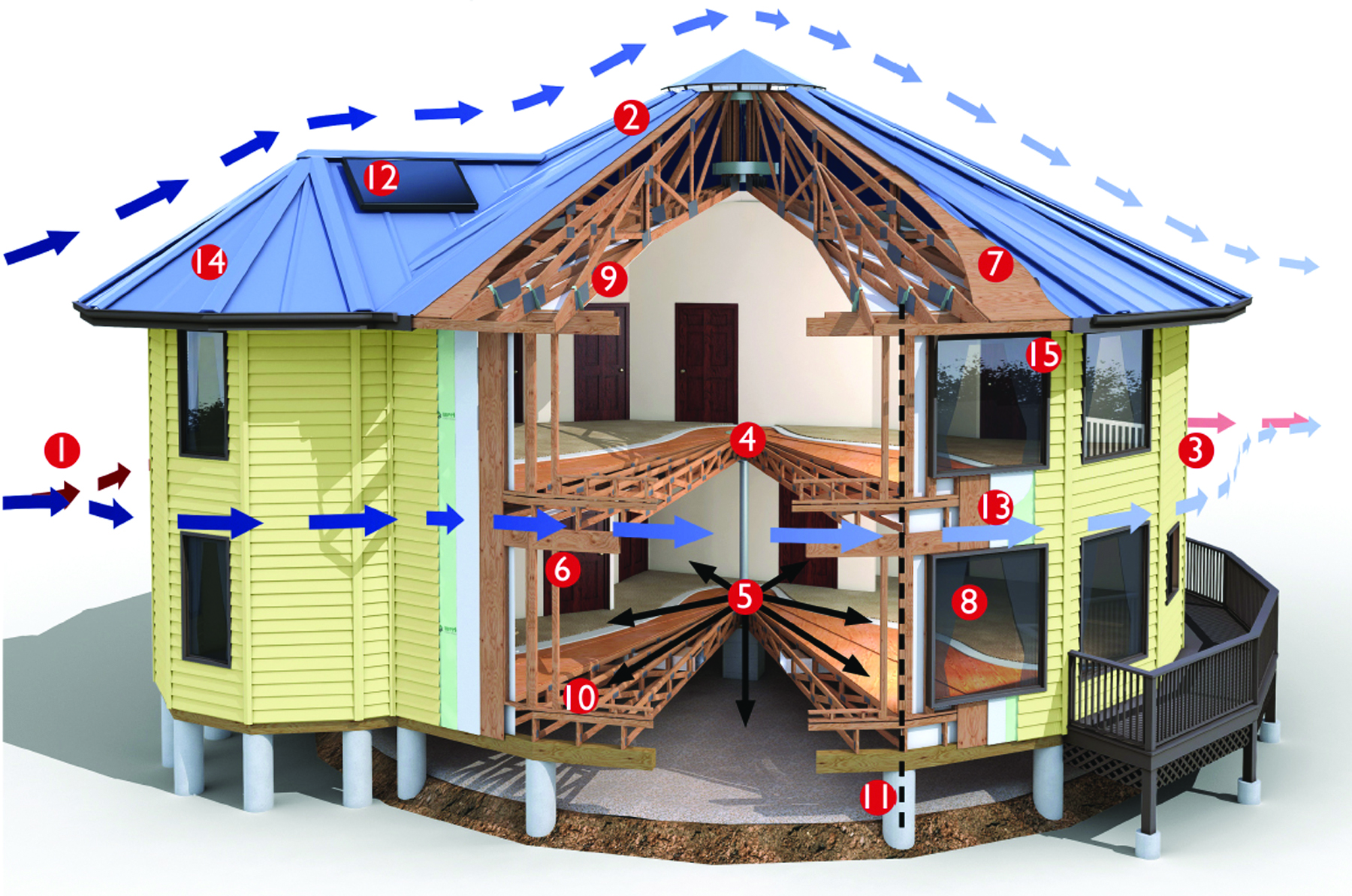
10. Durable and Disaster-Resilient Designs
Innovations in disaster-resilient designs are a necessity, not just a luxury. The “hurricane-proof” home designed by Deltec Homes is a testament to this. With a circular design that minimizes wind resistance, reinforced windows, and elevated foundations, these homes can withstand Category 5 hurricanes, ensuring the safety of residents.

The Future of Home Building
Residential construction isn’t what it used to be. The innovations discussed here are more than futuristic concepts; they’re already shaping how homes are built and lived in. From modular construction that speeds up the process to AR and VR that revolutionize design and marketing, the world of home construction is embracing technology like never before. These real-world examples illustrate that innovation isn’t just a buzzword; it’s the very foundation on which the future of home building is being constructed.